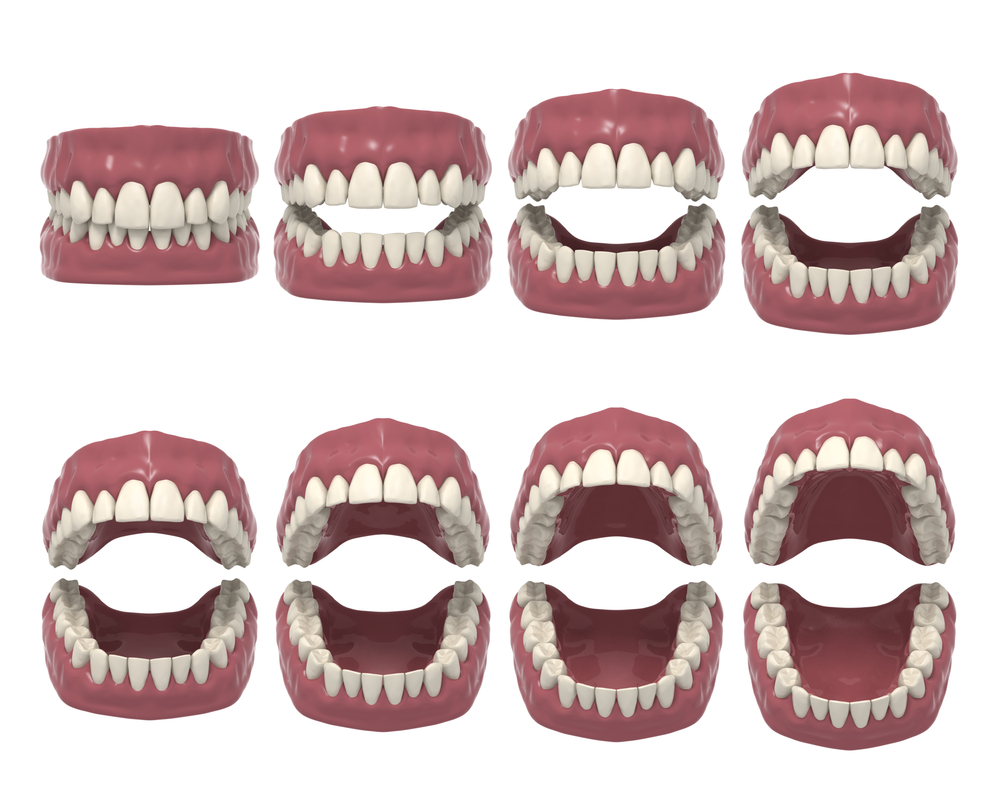Abstract
Aim
This study aimed to examine the association between metabolic syndrome (MetS), its components, and periodontitis among Indonesian adults.
Materials and Methods
Cross-sectional data from the 2018 Indonesia National Health Survey (Riskesdas) was analysed. The sample included dentate individuals aged 35 years or older for whom complete information was available on components of MetS and periodontitis, including bleeding on probing (BOP) (N=13,356), pocket depth (PD) (N=13,273), and clinical attachment loss (CAL) (N=13,000). Rate ratios (RRs) and 95% confidence intervals (CIs) were estimated with negative binomial regression models.
Results
The prevalence of MetS was 41.0%. The prevalences of individuals having at least one tooth with BOP, one tooth with PD ≥4 mm, or one sextant with CAL ≥4 mm were 74.9%, 40.7%, and 40.6%, respectively. No associations were observed between MetS and BOP, PD, or CAL, but hyperglycaemia was constantly positively associated with BOP (RR=1.06; 95% CI 1.01-1.11), PD (RR=1.13; 95% CI 1.03-1.23), and CAL (RR=1.15; 95% CI 1.08-1.23).
Conclusions
Our findings support the potential influence of hyperglycaemia on periodontitis. Incorporating oral disease prevention strategies into the management of systemic diseases could be beneficial for reducing the burden of these diseases in Indonesia.




